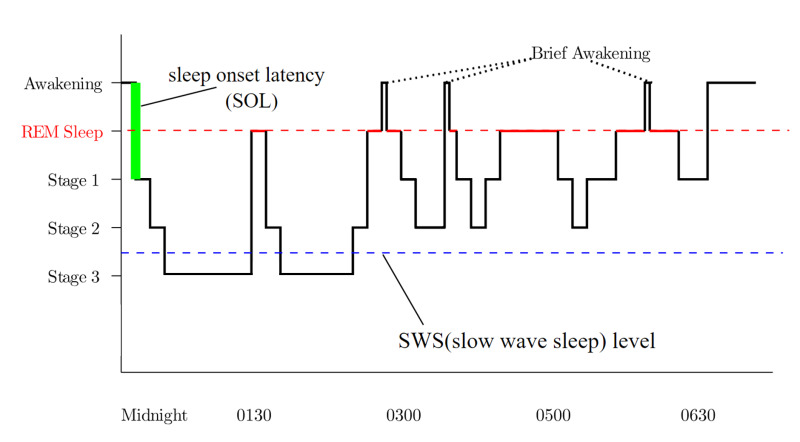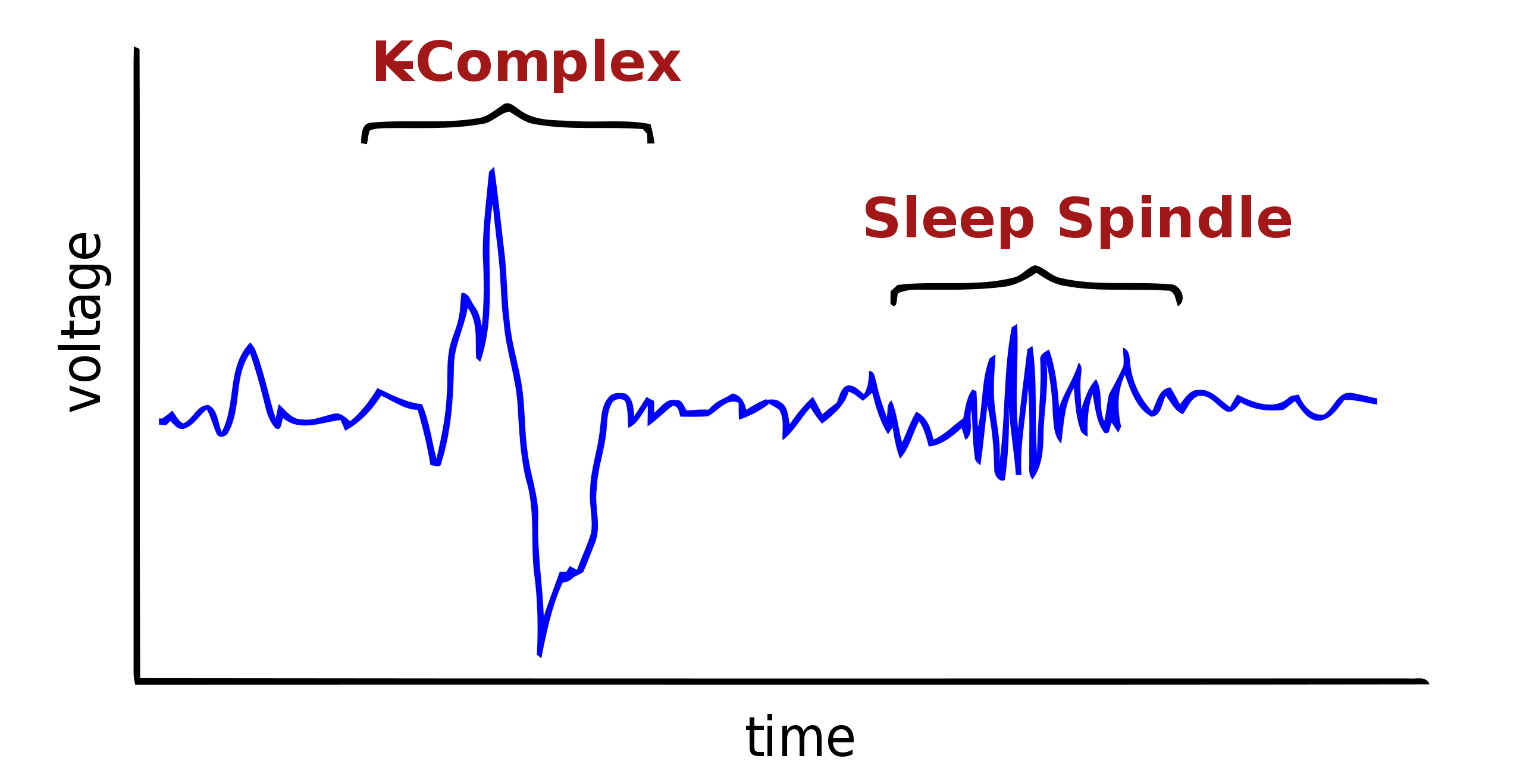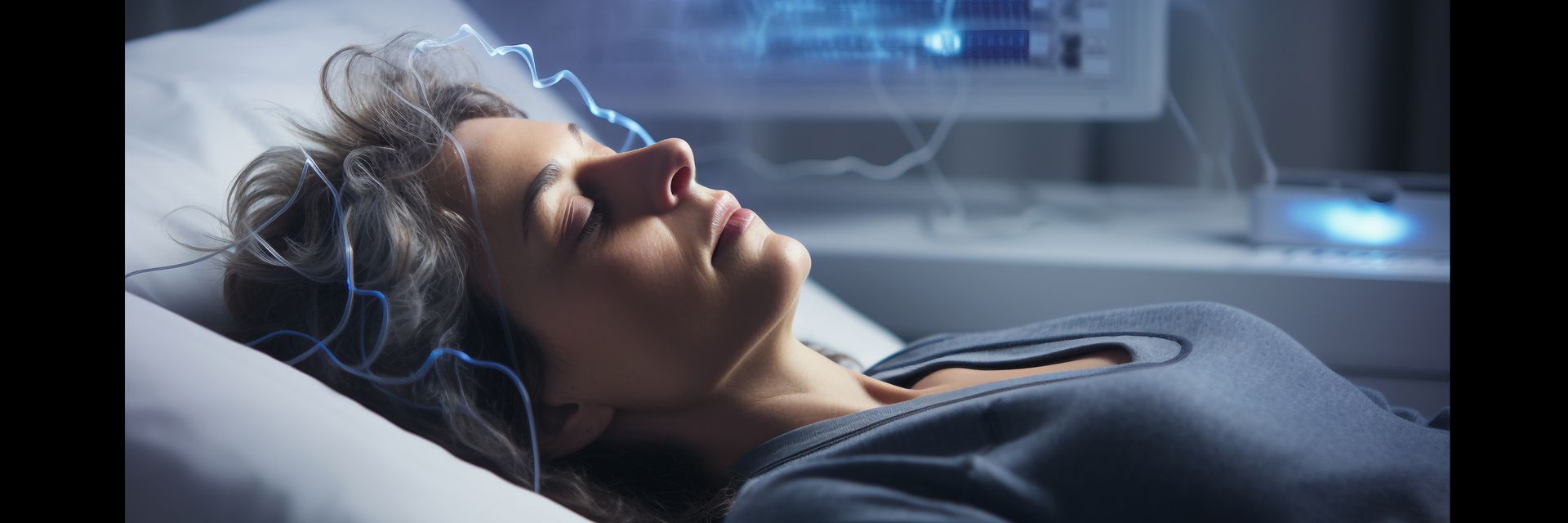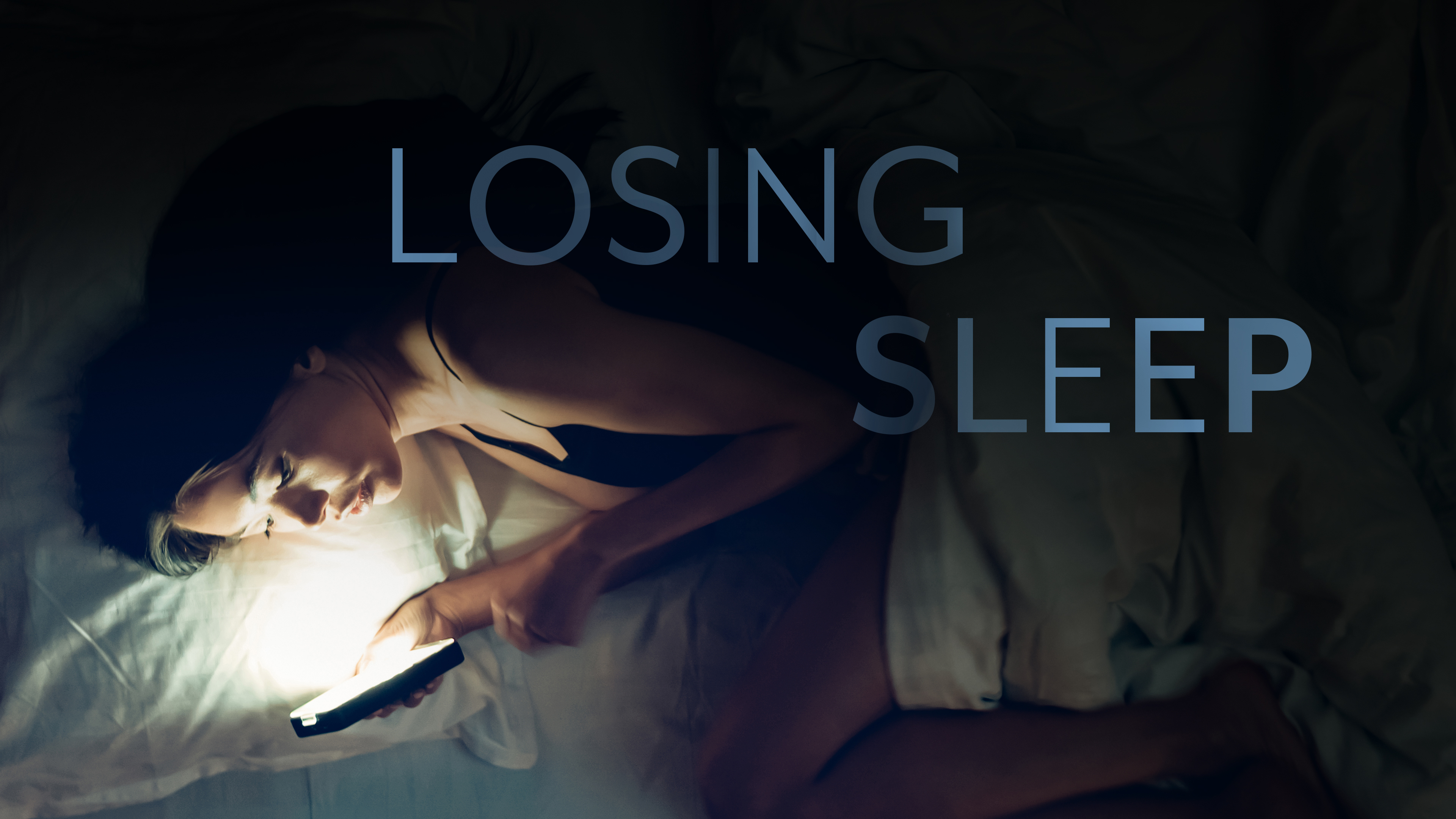Sleep, we are told, is crucial to a healthy lifestyle. But why, exactly, is it so important – and how do scientists describe sleep in the first place?
◊
On average, we humans spend almost one-third of our lives sleeping. We can’t live without sleep – the longest a human has ever gone without it was 18 days in the ’90s, and the Guinness World Records committee has since stopped monitoring the record due to safety concerns. Even the world records committee agrees: sleep deprivation can lead to death.
And we’re not the only ones who need this vital type of rest – almost all other animals sleep, too. Sleep, seemingly, is central to life. But its function and mechanisms are far hazier than most other biological mechanisms. While many of us have a cursory understanding of how digestion works, of what it feels like to get sick and why our bodies respond to invaders with painful inflammation, and how excitement can make our hearts beat faster, sleep is much murkier. After all, how could science explain such a regular loss of consciousness? Or the evolutionary reason for the extreme vulnerability sleep must have imposed on our early ancestors? And, come to think of it, how could science explain that dream where your dog turned into a lizard?
Clearly, sleep is, in many ways, counterintuitive. Yet, thanks to the work of sleep researchers, we are starting to have a better, deeper understanding of sleep. But before this kind of research could even begin, a measurable line needed to be drawn between “sleeping” and “waking.” For this definition, modern scientists have Eugene Aserinsky and his son, Armond, to thank.
Researchers are delving ever deeper into the realms of slumber. This incisive MagellanTV documentary will open your eyes to their findings.
The Great Awakening of Sleep Research
It was the year 1951, and Eugene Aserinsky had strapped his young son Armond into an old-but-functional Offner Dynograph brainwave measurement machine. After calibrating the device, the elder Aserinsky let Armond fall asleep, expecting the machine to fall similarly quiet. To his surprise, several hours into Armond’s slumber, the machine began to move, recording rapid eye movements, in tandem with higher frequency brain waves. But Armond had not awoken.

An Offner Dynograph: the machine used by Eugene Aserinsky to discover REM sleep (Source: Science History Institute Museum and Library)
In fact, the Aserinskys stumbled upon an until-then unknown phase of sleep: the REM phase, named for the very rapid eye movement recorded by the Offner Dynograph. This marked the beginning of sleep research as we know it today. In fact, it was the first time scientific research had called into question the long-held assumption that the brain remains utterly inactive in sleep.
As so aptly put by Chip Brown in Smithsonian magazine, “It remains an astonishing anachronism in the history of science that Watson and Crick unraveled the structure of DNA before virtually anything was known about the physiological condition in which people spend one-third of their lives.” Aserinsky’s discovery was a turning point, the beginning of a scientific paradigm shift that allowed us to understand sleep as a productive state in which the brain goes through several stages (REM being one), each serving its own vital purpose.
The Stages of Sleep
To this day, we use brainwaves to define the boundaries between waking and sleeping. This can be illustrated using a hypnogram, as seen below, which maps progress through the stages of sleep as a function of time.

Stages of Sleep Hypnogram. Hypnogram depicting the stages of sleep, including rapid eye movement (REM) and stages 1 to 3 of non–rapid eye movement (NREM). (Credit: StatPearls Publishing, LLC, via National Library of Medicine)
In the years since Aserinsky’s discovery of REM sleep, scientists have discovered several other stages of sleep, and have delineated a reliable progression through each. It’s a progression that is repeated several times during a normal night’s sleep, on average about four to six times, with each cycle lasting, in total, about 80 to 110 minutes. But we don’t spend equal amounts of time in each phase: interestingly, the time we spend in REM increases proportionally the closer we get to waking. (This could explain why we tend to wake with vivid memories of weird, detailed dreams.)

The frequency bands of neural oscillations, or brainwaves (Credit: Laurens R. Krol, via Wikimedia Commons)
NREM 1: Falling Asleep
Each stage is characterized by distinct patterns of brain waves. Even waking can be defined this way, as it is typically characterized by a preponderance of higher wavelength brain waves, like alpha and beta waves.
In contrast, even the first stage of sleep, which is light and easily disturbed, features markedly different patterns of brainwaves. This stage, known as NREM1 is defined as exhibiting a majority of lower-voltage theta waves. You might know it as “falling asleep” – you’re not awake anymore but also not fully asleep. NREM 1 typically only lasts for about five minutes, at which point the body sinks deeper into NREM 2.
NREM 2: Light Sleep
NREM 2, or light sleep, is characterized by the same theta waves, with one important difference: Wave formations called sleep spindles and K-complexes appear for the first time. Each of these formations indicates important neural activity that can only happen during sleep. Sleep spindles, for example, refer to short bursts of excitation and inhibition, and contribute to the consolidation of memory.
K-complexes, on the other hand, refer to sudden and significant drops in overall brainwave voltage, and they are less well-understood than sleep spindles. One hypothesis proposes that they are involved in suppressing arousal in response to outside stimuli, while another suggests that they, too, are involved in memory consolidation.
It’s during NREM 2, also, that certain physiological signatures of sleep will begin to appear: your body temperature will begin to drop, your eyes will stop moving, and your heartbeat and breathing will slow.

Diagram illustrating K-complexes and sleep spindles (Source: Stage2sleep.svg, via Wikimedia Commons)
NREM 3: Deep Sleep
NREM 2 lasts around 25 minutes, after which your body moves into NREM 3, or deep sleep. This stage is the first sleep stage to exhibit delta waves – the longest, slowest moving waves of all. It is the deepest stage of sleep and is considered to be very important for physical rejuvenation and health. When people talk about “beauty sleep,” they might be talking about NREM 3!
This is the stage during which the body repairs and regrows tissues, builds bone and muscle, and strengthens the immune system. It also typically lasts around 25 minutes, though, interestingly, the time spent in NREM 3 decreases as we age.
REM: “Paradoxical Sleep”
Finally, as we complete NREM 3, the mind and body reach REM sleep, the very stage first discovered by the Aserinskys. Instead of sinking deeper into sleep, our brain activity increases markedly.
REM sleep is characterized by a preponderance of beta waves, which are typically most common in waking. This is why REM sleep is sometimes called “paradoxical sleep”: It exhibits many of the hallmarks of waking, from eye movement to increased brain activity to increased heart rate and breathing and even twitching, and yet, it is still sleep. Its relative length increases the longer we sleep, and typically, after several sleep cycles, people awaken out of REM sleep.
Avoiding The Costs of a Restless Night
Clearly, sleep is essential to healthy, happy living. But not everyone has the luxury of an easy eight (to nine!) hours. Many people struggle to get an optimal amount of sleep for a variety of reasons: work, heat, an inadequate sleep environment, stress, light, and other health conditions, to name only a few. So, how can we combat restlessness to get the good night of sleep we clearly require?
It might be helpful to start with Dr. Matthew Walker’s list of “Twelve Tips For Healthy Sleep” from his 2017 book, Why We Sleep (the source of several studies cited in this article). It’s a book that continues to be one of the most in-depth compilations of sleep research, and Walker’s suggestions here are simple, backed-up, and clear:
1. Stick to a sleep schedule.
2. Exercise is great, but not too late in the day. Try to exercise at least thirty minutes on most days but not later than two to three hours before your bedtime.
3. Avoid caffeine and nicotine.
4. Avoid alcoholic drinks before bed.
5. Avoid large meals and beverages late at night.
6. If possible, avoid medicines that delay or disrupt your sleep.
7. Don’t take naps after 3 p.m.
8. Relax before bed. Don’t overschedule your day so that no time is left for unwinding. A relaxing activity, such as reading or listening to music, should be part of your bedtime ritual.
9. Take a hot bath before bed.
10. Dark bedroom, cool bedroom, gadget-free bedroom.
11. Have the right sunlight exposure. Daylight is key to regulating daily sleep patterns. Try to get outside in natural sunlight for at least thirty minutes each day. If possible, wake up with the sun or use very bright lights in the morning.
12. Don’t lie in bed awake.
Regardless of how hard you try, not all of these suggestions will be possible to adopt in the modern world. Plenty of us would balk at the idea of a completely gadget-free bedroom, especially when our emails, meditation apps, and alarm clocks are so conveniently lumped together on one sleek device. But Walker makes these suggestions for a reason. If we can all try to prioritize at least a handful of these recommendations, we may be well on our way to not only a peaceful night’s slumber – but an energetic, fully-lived day, too.
Ω
Sari Wagner is a contributing writer for MagellanTV. Originally from North Wales, Pennsylvania (the very same town where Armond Aserinsky worked as a clinical psychologist for decades!), she is a graduate of Kenyon College with a degree in neuroscience and studio art. She is passionate about sharing fascinating scientific findings and allowing everyone to reap the benefits of research.
Title Image credit: Adobe Stock


